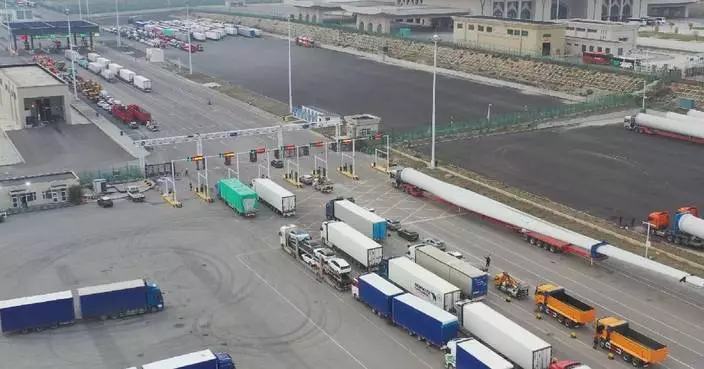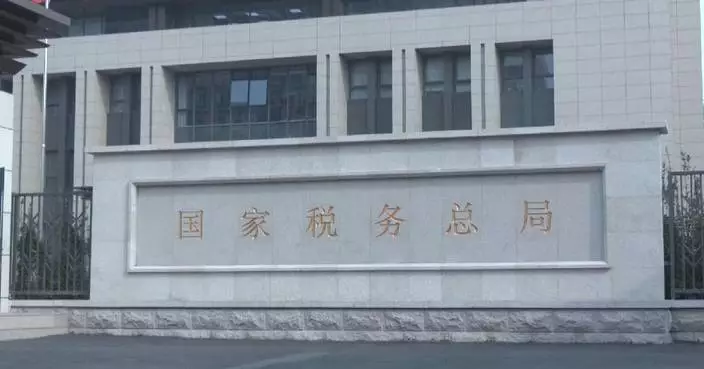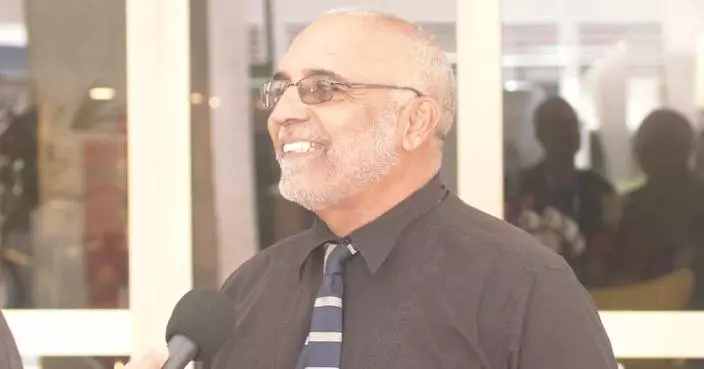Russia claimed on Saturday that its forces destroyed various military equipment of the Ukrainian army, while Ukraine reported on the same day that its troops repelled Russian attempts to break through defenses over the past 24 hours.
The Russian Defense Ministry stated on Saturday that the Russian army launched offensives on multiple fronts and repelled Ukrainian counterattacks, destroying nearly 20 military units, including two German-made Leopard tanks, U.S.-made M119 artillery pieces, armored vehicles and other equipment.
The ministry also reported that the Russian army destroyed a MiG-29 fighter jet of the Ukrainian Air Force, and shot down 59 attack drones.
On the same day, the General Staff of the Armed Forces of Ukraine issued a war report saying that as of Saturday afternoon, 125 battles took place in the front-line areas and the situation on the front lines still remained tense, especially in the directions of Kurakhove and Pokrovsk in eastern Ukraine, and that the Ukrainian army was taking all measures to prevent the Russian army from breaking through.
The Reuters news agency, citing a source from the Ukrainian general staff, reported that Russian forces have recaptured more than 40 percent of the 1,376 square kilometers of territory controlled by Ukrainian forces since they launched an attack on western Russia's Kursk region in August.

Russia claims destroying Ukrainian army equipment, Ukraine reports blocking Russian breakthroughs
The balance of China's inclusive loans to small and micro businesses achieved a year-on-year increase of nearly 15 percent by the end of October, according to data released on Sunday by the National Administration of Financial Regulation.
The data show that the balance of China's inclusive loans to small and micro businesses came in at 32.45 trillion yuan (about 4.48 trillion U.S. dollars) at the end of October, up 14.98 percent year on year. The growth rate was 7.47 percentage points higher than that of all loans.
The data also show that the balance of inclusive credit loans to small and micro enterprises increased by 30.56 percent year on year, continuing to maintain rapid growth.
Experts said that the balance of inclusive loans to small and micro enterprises has maintained a high growth rate, indicating that the production and operation of the enterprises have remained relatively active since the beginning of this year.
Experts also said the effects of various stimulus policies adopted by the government are continuing to emerge. Since the beginning of this year, the Chinese government has lowered the deposit reserve ratio twice by a total of 1 percentage point, and lowered the main policy interest rate twice. It has also optimized relevant policies to expand the scope of loan renewal to all small and micro enterprises. All of these measures have helped alleviate the financing burden on enterprises.
"On the one hand, the finance system should provide more precise 'blood transfusions' for small and micro enterprises, and on the other hand, it should better help them 'produce blood' by themselves, to fundamentally improve their 'blood-producing' function, so that they will have healthier and more stable development. This is the next important goal of financial services for small and micro enterprises," said Dong Ximiao, chief researcher at the Merchants Union Consumer Finance Company Limited.
Data from the administration also show that in the first 10 months of this year, the average interest rate of newly issued inclusive loans to small and micro enterprises nationwide was 4.42 percent, a decrease of 0.35 percentage point from 2023.

Inclusive loans to small, micro businesses up nearly 15 percent by late October










